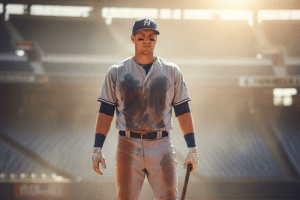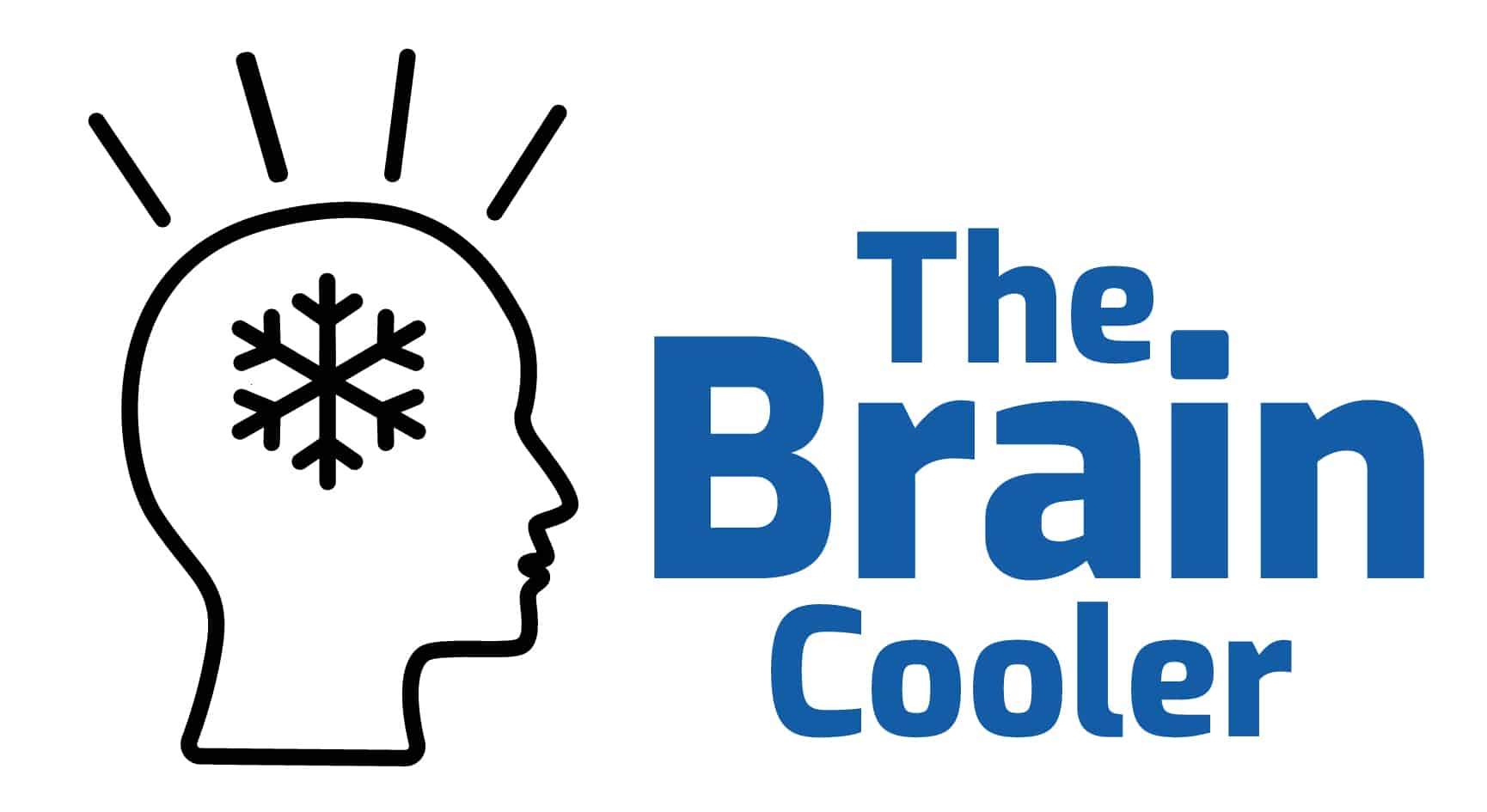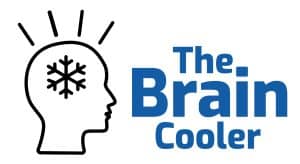 Baseball, often celebrated for its strategic depth and athletic prowess, faces unique challenges during the sweltering summer months. As temperatures soar, the effects of extreme heat can significantly influence both player performance and overall health. Understanding these impacts is crucial for athletes, coaches, and fans alike, as they navigate the complexities of playing America’s pastime in increasingly warmer conditions.
Baseball, often celebrated for its strategic depth and athletic prowess, faces unique challenges during the sweltering summer months. As temperatures soar, the effects of extreme heat can significantly influence both player performance and overall health. Understanding these impacts is crucial for athletes, coaches, and fans alike, as they navigate the complexities of playing America’s pastime in increasingly warmer conditions.
The Science of Heat and Performance
Understanding Heat Stress
Heat stress occurs when the body is unable to dissipate heat effectively, leading to an increase in core temperature. This condition can impair physical performance and cognitive function, both of which are vital in a sport like baseball. When players are exposed to high temperatures, their bodies work harder to cool down, which can lead to fatigue and decreased performance levels.
Physiological Responses to Heat
When temperatures rise, several physiological changes occur in the body:
-
- Increased Heart Rate: As the body attempts to cool itself, heart rate elevates to pump more blood to the skin’s surface, facilitating heat loss.
- Sweating: The body produces sweat to cool down through evaporation. However, in humid conditions, this process becomes less effective.
- Fluid Loss: Players can lose significant amounts of fluid through sweat, leading to dehydration if not adequately replenished.
These responses can hinder an athlete’s ability to perform at their best, particularly in a sport that requires quick reflexes and sustained concentration.
The Risks of Dehydration
Recognizing Dehydration Symptoms
Dehydration is a common risk for athletes playing in extreme heat. Even mild dehydration can lead to:
-
- Decreased Energy Levels: Players may feel fatigued and less motivated to perform.
- Impaired Coordination: Lack of hydration can affect motor skills, making it difficult to execute plays effectively.
- Cognitive Decline: Concentration and decision-making abilities can diminish, impacting game strategy.
Preventing Dehydration
To combat dehydration, players should adopt a proactive approach:
-
- Pre-Game Hydration: Consuming fluids before the game is essential. Players should aim for at least 16-20 ounces of water a couple of hours before taking the field.
- In-Game Hydration: Regularly sipping water or electrolyte drinks during breaks can help maintain hydration levels.
- Post-Game Recovery: After the game, players should continue to hydrate and consume foods rich in electrolytes to replenish lost nutrients.
Heat-Related Illnesses
Heat Exhaustion
Heat exhaustion is a serious condition that can occur when players are exposed to high temperatures for extended periods. Symptoms include:
-
- Heavy Sweating: Excessive perspiration can lead to a rapid loss of fluids.
- Nausea and Vomiting: Players may feel sick to their stomach, which can further complicate hydration efforts.
- Muscle Cramps: Dehydration can lead to painful muscle contractions, hindering performance.
If a player exhibits signs of heat exhaustion, immediate action is necessary. They should be moved to a cooler area, provided with fluids, and allowed to rest.
Heat Stroke
Heat stroke is the most severe heat-related illness and can be life-threatening. Symptoms include:
-
- High Body Temperature: A core temperature exceeding 103°F is a critical indicator.
- Altered Mental State: Confusion or disorientation can occur, signaling a medical emergency.
- Absence of Sweating: Unlike heat exhaustion, heat stroke may prevent sweating, indicating the body’s cooling mechanisms have failed.
In cases of heat stroke, immediate medical attention is crucial. Cooling the individual with ice packs or cold compresses while waiting for emergency services can be life-saving.
The Role of Acclimatization
Importance of Acclimatization
Acclimatization refers to the body’s ability to adapt to heat over time. Athletes who train in hot conditions can develop a tolerance, allowing them to perform better in extreme temperatures. This process involves physiological changes, such as improved sweating efficiency and cardiovascular adjustments.
Strategies for Acclimatization
To enhance acclimatization, players can:
-
- Gradually Increase Exposure: Slowly increasing the duration and intensity of training in hot conditions can help the body adapt.
- Monitor Hydration: Keeping track of fluid intake during training sessions is essential for acclimatization.
- Rest and Recovery: Allowing adequate recovery time between intense training sessions helps the body adjust to heat stress.
The Impact of Heat on Game Dynamics
Changes in Game Performance
Extreme heat can alter the dynamics of a baseball game. Research indicates that warmer temperatures can lead to:
-
- Increased Offense: Higher temperatures can enhance the distance that batted balls travel, resulting in more home runs and higher scoring games.
- Pitching Challenges: Pitchers may struggle with grip and control as sweat and humidity affect their performance.
Historical Trends
Data from Major League Baseball (MLB) shows a correlation between rising temperatures and increased home run rates. As the climate warms, players may need to adapt their strategies to account for these changes in game dynamics.
Strategies for Staying Cool
Cooling Techniques
To mitigate the effects of extreme heat, players and teams can implement various cooling strategies:
-
- Hydration Stations: Setting up hydration stations with water and electrolyte drinks can encourage players to stay hydrated.
- Cooling Hats and Vests: Wearing cooling hats and vests during breaks can help lower body temperature.
- Misting Fans: Utilizing misting fans in dugouts can provide immediate relief from the heat.
Scheduling Adjustments
Teams may consider adjusting game schedules to avoid the hottest parts of the day. Evening games or earlier start times can help reduce heat exposure for players and fans alike.
The Role of Coaches and Staff
Educating Players
Coaches play a vital role in educating players about the risks of heat exposure. They should emphasize the importance of hydration and recognizing the signs of heat-related illnesses.
Monitoring Conditions
Coaches and staff should monitor weather conditions closely, making adjustments to practice and game schedules as necessary. Being proactive can help prevent heat-related incidents.
Fan Safety in Extreme Heat
Protecting Spectators
Fans attending games in extreme heat should also take precautions to ensure their safety:
-
- Stay Hydrated: Drinking water regularly is essential, especially during long games.
- Seek Shade: Finding shaded areas or using umbrellas can help reduce sun exposure.
- Wear Appropriate Clothing: Light-colored, breathable fabrics and hats can help keep fans cool.
Stadium Preparedness
Stadiums can enhance fan safety by providing ample shaded areas, hydration stations, and cooling zones. Ensuring that fans have access to these resources can improve their overall experience.
The Future of Baseball in a Warming Climate
Adapting to Change
As climate change continues to impact summer temperatures, baseball organizations must adapt. This may involve:
-
- Increased Night Games: Scheduling more night games can help mitigate the effects of extreme heat on players and fans.
- Infrastructure Improvements: Building domed stadiums or enhancing existing facilities with cooling technologies can provide relief from the heat.
Long-Term Considerations
The long-term effects of climate change on baseball will require ongoing research and adaptation. Understanding how rising temperatures influence player performance and health will be crucial for the future of the sport.
Extreme heat poses significant challenges to baseball, affecting both player performance and health. By understanding the risks associated with high temperatures and implementing effective strategies for hydration, acclimatization, and cooling, players, coaches, and fans can navigate the complexities of playing and enjoying baseball in a warming climate. As the sport evolves, prioritizing health and safety will ensure that baseball remains a beloved pastime for generations to come.
The Brain Cooler Helps Protect Athletes Who Play Outdoors in the Heat
Safeguarding an athlete’s cranial health is paramount when playing contact sports where there is a risk of head injuries. The Brain Protector provides protection from contact and heat.
> Buy Now
Contact Us for More Information
Buy Now
—
 About Brain Cooler
About Brain Cooler
Safeguarding an athlete’s cranial health is paramount when playing contact sports where there is a risk of head injuries. The Brain Protector provides protection from contact and heat.
> Learn More
> Buy Now

 About Brain Cooler
About Brain Cooler